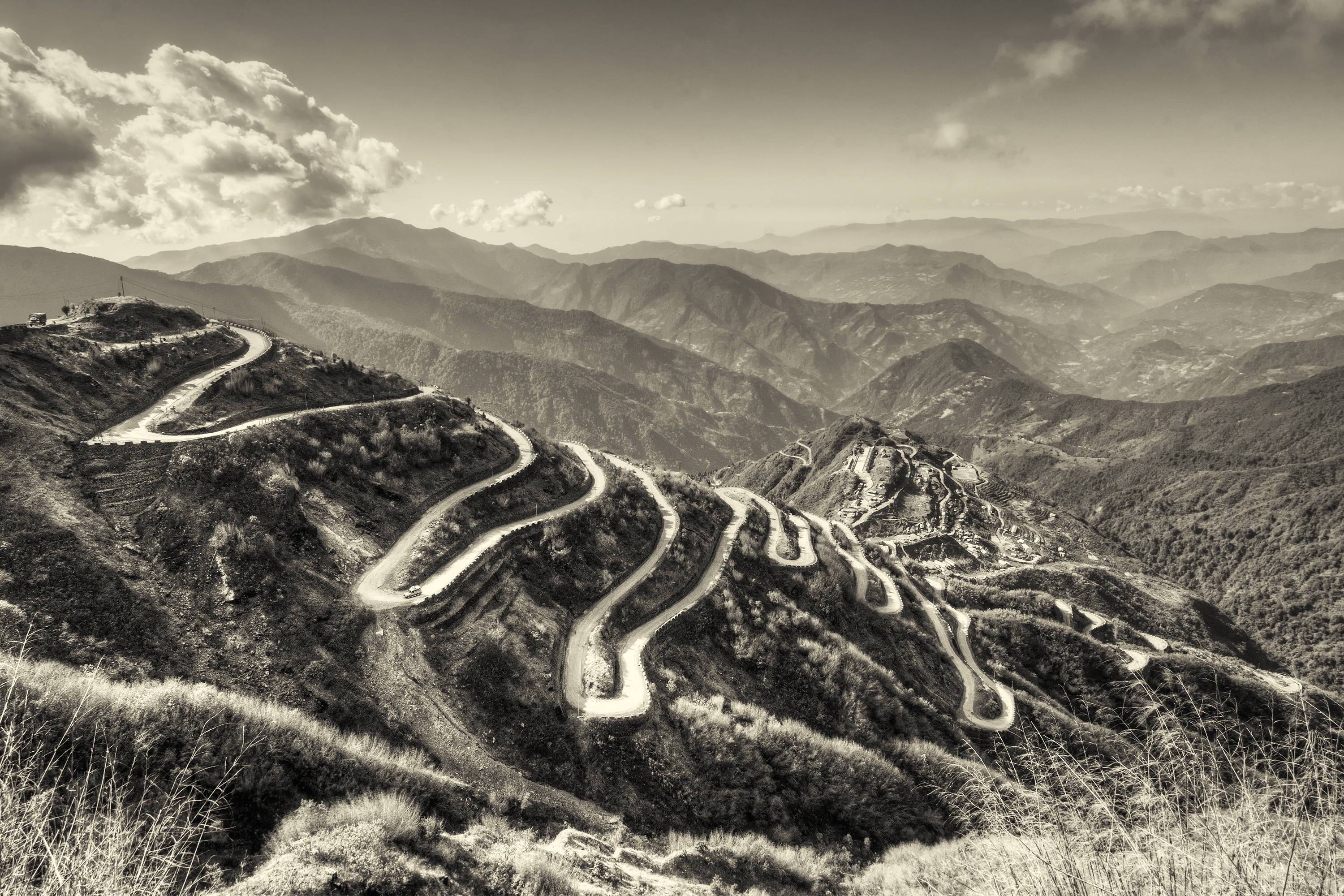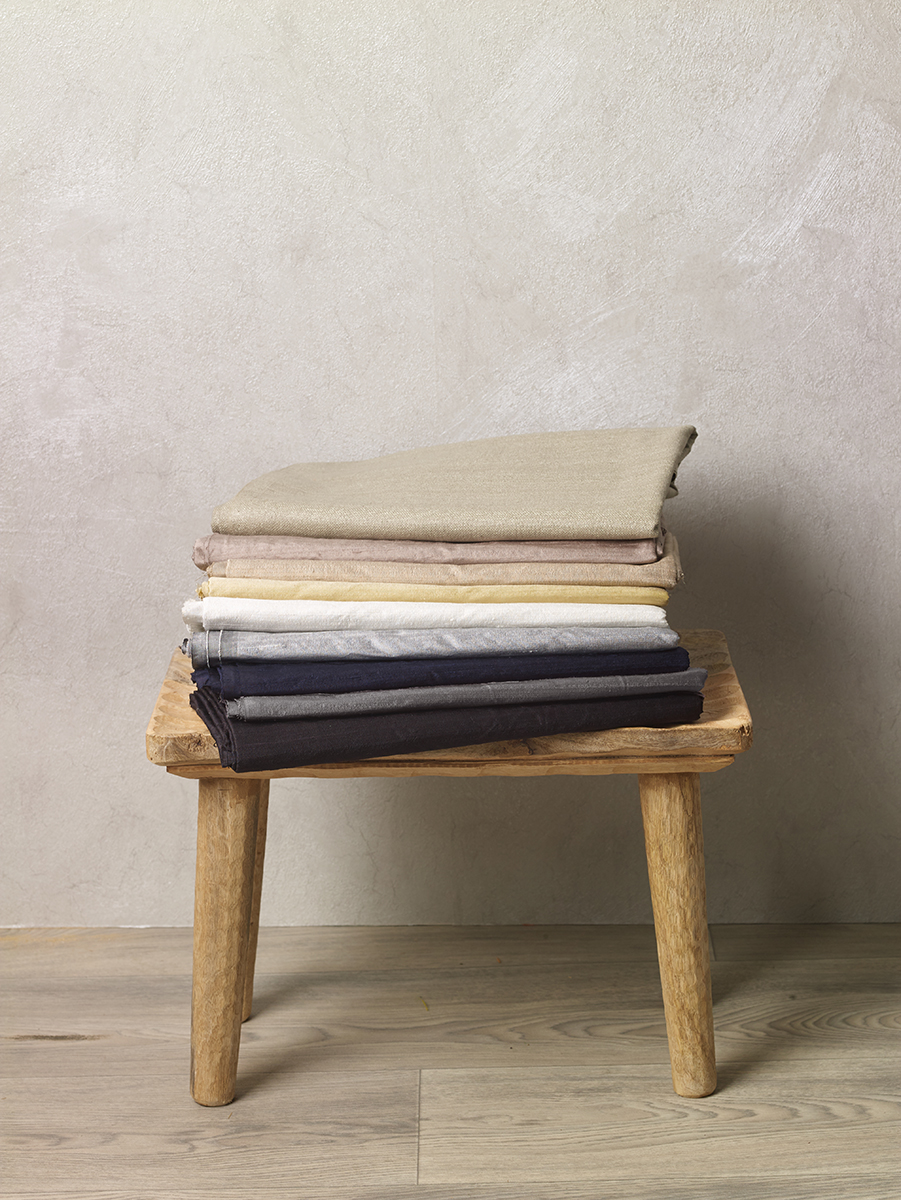.jpg)
A Brief History of Silk
The production of silk originates in China in the Neolithic (Yangshao culture, 4th millennium BC). Silk remained confined to China until the Silk Road opened at some point during the later half of the first millennium BC. China maintained its virtual monopoly over silk production for another thousand years. Not confined to clothing, silk was also used for a number of other applications, including writing, and the colour of silk worn was an important guide of social class during the Tang Dynasty.

Silk cultivation spread to Japan around 300 AD, and, by 522 AD, the Byzantines managed to obtain silkworm eggs and were able to begin silkworm cultivation. The Arabs also began to manufacture silk during this same time. As a result of the spread of sericulture, Chinese silk exports became less important, although they still maintained dominance over the luxury silk market. The Crusades brought silk production to Western Europe, in particular to many Italian states, which saw an economic boom exporting silk to the rest of Europe. Changes in manufacturing techniques also began to take place during the Middle Ages, with devices such as the spinning wheel first appearing. During the 16th century France joined Italy in developing a successful silk trade, though the efforts of most other nations to develop a silk industry of their own were unsuccessful.
The Industrial Revolution changed much of Europe’s silk industry. Due to innovations on spinning cotton, cotton became much cheaper to manufacture and therefore caused more expensive silk production to become less mainstream. New weaving technologies, however, increased the efficiency of production. Among these was the Jacquard loom, developed for silk embroidery. An epidemic of several silkworm diseases caused production to fall, especially in France, where the industry never recovered. In the 20th century Japan and China regained their earlier role in silk production, and China is now once again the world’s largest producer of silk. The rise of new fabrics such as nylon reduced the prevalence of silk throughout the world, and silk is now once again a rare luxury good.

The Process of Silk Manufacturing
The process of silk production is known as sericulture. It was discovered by the Chinese 5,000 years ago. According to legend, the princess Xi Lingshi discovered that a cocoon could be unravelled to produce a thread when one dropped into her tea while sat under a mulberry tree. The secret of silk production is the tiny creature known as the silk worm, the most common is the Bombyx Mori. A flightless, domesticated moth, it lays 500 eggs in 5 days and then dies.

The eggs must be kept at a temperature of 18°C, increasing to 25°C. The resulting silkworms are fed on Mulberry leaves and during their short lives of a single month, increase in size 10,000 times. Once they have enough energy, they spend 3-4 days spinning a cocoon around themselves.
After a further 9 days the cocoons are ready. First, they are dipped in hot water to loosen the filaments and then unwound. Each cocoon amazingly produces around 900 metres of a single thread, of which 5-8 are spun together to produce a single silk yarn.
Silk takes dye like no other fabric because in cross section the thread is more triangular than round and this intensifies the effect of any colour. Silk appears to be almost alive because no single fibre is uniform, this provides the designer with a huge variety of options as it can be gossamer thin or a thick upholstery weight.
The farming and weaving of silk is a lengthy and laborious process. In fact, the total number of people directly dependant on sericulture is 34 million worldwide. It provides a buffer against poverty in rural communities. The main silk producing countries are China and India, however it is also important in Brazil, North Korea, Thailand and Vietnam amongst others.

The skills of the weavers have been developed over generations. The working conditions are clean and fair. All our fabrics are individually inspected before despatch to ensure that we provide you with the high quality you expect from us.

The silk we use at The Light Shade Studio is from one of the world’s leaders in silk and we are very proud to be collaborating with a specialist in ‘The Queen of Fabrics’.

Silk Facts
Silk rope is stronger than an equally thick metal wire.
To produce 1 kg of silk, 104 kg of mulberry leaves must be eaten by 3000 silkworms.
A single silkworm can produce up to 15 metres of filament in a minute.
Silk is inherently fire retardant so if burnt it will curl away from the flame and extinguish itself.
To produce 1 kg of silk, 104 kg of mulberry leaves must be eaten by 3000 silkworms.
It takes roughly 5000 silkworms to make a pure silk kimono.
- © Copyright 2024 The Light Shade Studio.
- •
- Site Map
- •
- Terms & Conditions
- •
- Privacy Policy
- •
- Cookie Policy
- •
- Returns and Online Shop Terms
- •
- Brand Partner Area

